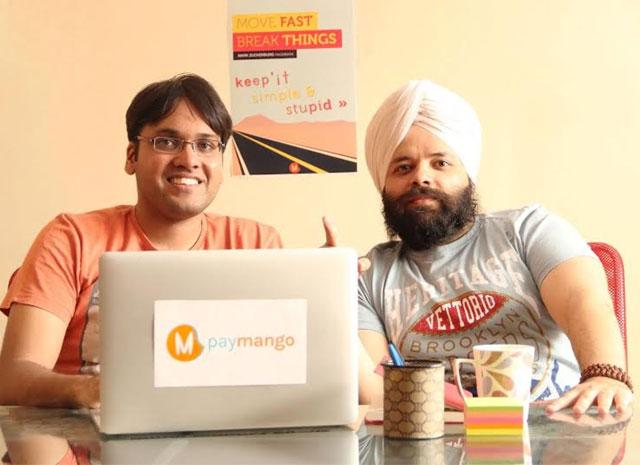
Hyperlocal 2.0 can make local vendors more competitive

 E-commerce and hyperlocal 1.0 are changing the way people are buying, setting the stage for hyperlocal 2.0. While e-commerce delivery's turnaround time ranged from highly aggressive next-day deliveries to a couple of days or weeks (many Diwali sales items reached people post-Diwali), hyperlocal 1.0 including online orders by some large-format retail establishments is mostly about buying within a city for next-day delivery.
E-commerce and hyperlocal 1.0 are changing the way people are buying, setting the stage for hyperlocal 2.0. While e-commerce delivery's turnaround time ranged from highly aggressive next-day deliveries to a couple of days or weeks (many Diwali sales items reached people post-Diwali), hyperlocal 1.0 including online orders by some large-format retail establishments is mostly about buying within a city for next-day delivery.
Hyperlocal 2.0 is about digital sourcing from the locality of the consumer with almost instant or real-time fulfillment.
E-commerce and hyperlocal 1.0 held great promise for the country's retail commerce. Or that's what the big format retailers once thought, but they had to bite the dust. Big retail chains are shrinking, thanks to e-commerce that they completely neglected.

But even in the glory days of big retail chains, the small shops were able to retain their customers and prosper. Like true entrepreneurs, they learnt and adapted and copied their peers or competitors, though they will never learn to do a "negative" transaction to rope in consumers!
And after including all things tangible and intangible, they are more price effective. How so? The "convenience" from buying from e-commerce and hyperlocal 1.0 has a hidden "inconvenience" of planning ahead, waiting and planning again for delivery.
Hyperlocal 2.0 purchases are almost instantaneous deliveries, making them more impulsive demand-driven with no need for planning and waiting for delivery. Add to it the human assistance that one gets at a hyperlocal level.

How much are people willing to pay for such intangibles? At PayMango, we have found at least 10 per cent margin advantage. So, if they just price their goods 10 per cent more than the hyperlocal and e-commerce products and if they are just as convenient to purchase with, consumers will buy from them.
This 10 per cent margin makes them more competitive than their counterparts. But one would argue that on-demand deliveries are costly and the sourcing of these players is also costly. With slotted same-day deliveries, the logistic costs are almost similar to the hyperlocal 1.0 and e-commerce ones.
Still, let's give three to five per cent to the hyperlocal 1.0 and e-commerce players for better sourcing due to aggregated demand and delayed optimized logistics. This leaves around five to seven per cent margin with local players, giving them an edge even after paying for the commission for a hyperlocal 2.0 platform like PayMango.

In other words, the 10 to 15 per cent discount that these players offer (and thereby go negative by about five per cent) can't be accounted in marketing but in their cost of goods sold. Their profit and loss accounts won't look so lucrative to investors now.
Needless to say, all this competitiveness is possible when these local stores jump onto a hyperlocal 2.0 bandwagon. And many are already making the leap.
Gajinder Singh and Ram Singla are founders of PayMango.com, a hyperlocal 2.0 platform for empowering local commerce.

